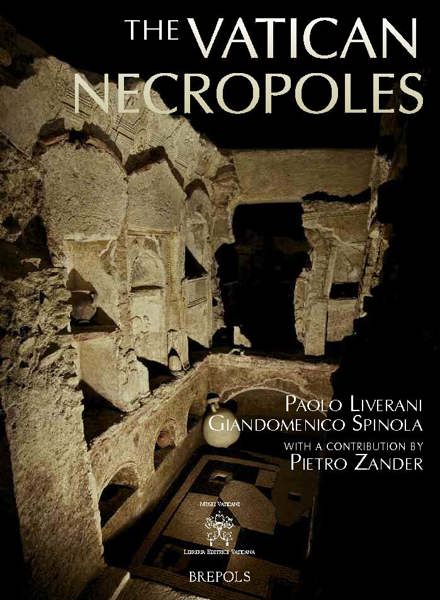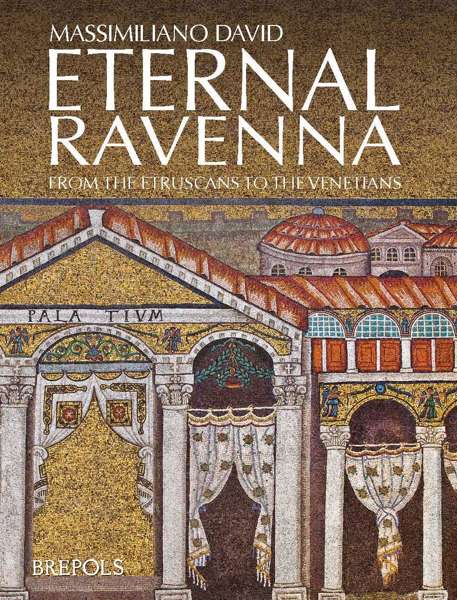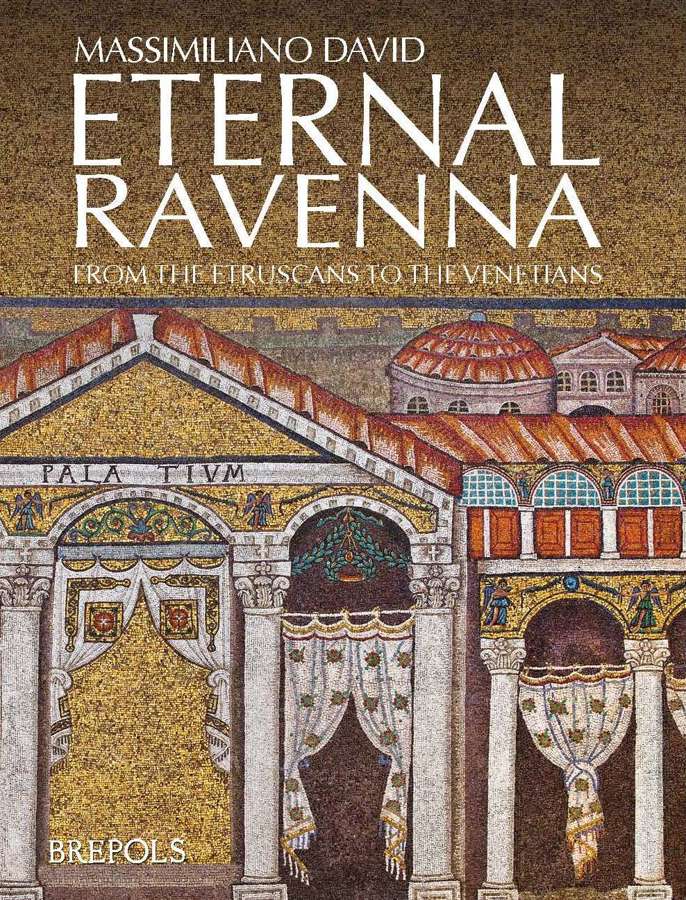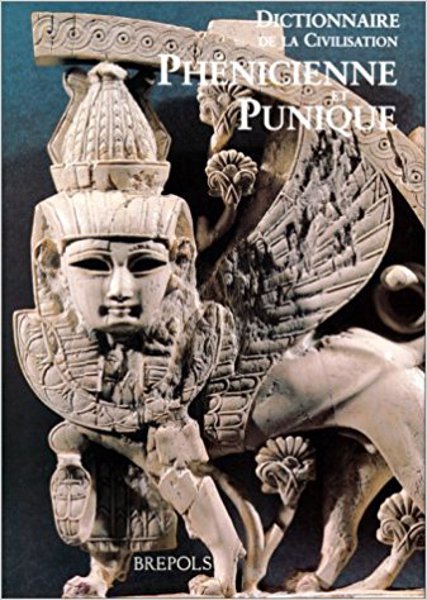
- Pages: 288 p.
- Size:240 x 310 mm
- Illustrations:250 col.
- Language(s):English
- Publication Year:2013
- € 115,00 EXCL. VAT RETAIL PRICE
- ISBN: 978-2-503-54941-5
- Hardback
- Temporarily Out of Stock
A combination of scientific rigour and clarity, this richly illustrated publication outlines the history, architecture and town planning of Ravenna from its distant Etruscan origins, the Roman and Byzantine rule, up to the battle that in 1512 changed its destiny once and for all, when it became part of the pontifical dominion.
" (...) Eternal Ravenna succeeds in providing a wide perspective on the history and material culture of the city." (Edward M. Schoolman, in: Bryn Mawr Classical Review, October 2014, [2014.10.43])
"Eternal Ravenna has enough detail to match the high quality illustrations and David's writing is certainly accessible (...). (...) its finely detailed and up-to-date collection of photographs from Ravenna's multiple pasts make this very much worth the purchase." (Brittany Thomas, in: Medieval Archaeology, Vol. 58, 2014, p. 415)
"Massimiliano David offers a lavishly illustrated survey of the political, religious, and artistic history of Ravenna from the ancient origins of the city to the Middle Ages. This chronological breadth is a welcome addition to the historiography on Ravenna. (...) this lucidly written history of Ravenna succeeds at providing the generalist reader “with an atlas of urban and regional history” that brings ancient and medieval Ravenna to life." (Daniel Cochran, in: Speculum, 90/2, April 2015, p. 533-535)
"(...) Der Band ist für Archäologen, Kunsthistoriker, Historiker und Theologen hilfreich, und an den vorzüglichen Abbildungen können sich alle erfreuen, die Sinn an Kunst haben." (Guntram Koch, in: Das Historisch-Politische Buch, 63.3, 2015, p. 265-266)
“(…) the work takes a refreshingly original approach.” (T. S. Brown, in Al Masaq, 29/2, 2017, p. 186)
One of the most important cities in the Mediterranean, Ravenna still boasts a series of monuments that have been exceptionally well-preserved, and very often still have their original decorations, mosaics in particular. The great historian Arnaldo Momigliano was right when he said, “When I want to understand Italian history, I catch a train and go to Ravenna”. Indeed, with its capacity for selfpreservation, the city is an outstanding example of town planning. It is still burdened, however, by common places or stereotype-like formulae that have survived until today as the “Byzantium of Italy”. This is a common, simplified definition that does not grasp the uniqueness and grandeur of the extraordinary “Roman” city of Honorius and Galla Placidia that experienced an important Byzantine period after Theodoric.
For years there has been a vertiginous multiplication of specialised studies albeit lacking in works that offered a general overview whilst effectively explaining its main features. A combination of scientific rigour and clarity, this publication outlines the history and town planning of the city from its distant Etruscan origins up to the battle that in 1512 changed its destiny once and for all, when it became part of the pontifical dominion.
The whole series of the lavish buildings that were constructed in late ancient times and their decorations (San Giovanni Evangelista, Santa Croce, the Arian cathedral of Santo Spirito, San Apollinare Nuovo, San Vitale and San Francesco), is studied here from a critical, but updated profile and set in the historical context that generated it and in the complex urban situation, that was originally a perfect balance between land and water but then became increasingly precarious.
Countless new facts emerged as did much material that was little known or is published here for the first time. With this in mind, there was also a unique opportunity: the possibility to carry out a totally new photograph campaign, which was made possible together with the author thanks to the collaboration of the Archaeological Superintendency of Emilia Romagna, the Superintendency for Architectural and Landscape Heritage of Ravenna, and the Cultural Heritage Office of the Archiepiscopal Curia. What emerged is a Ravenna that is in many ways new, or at least radically renewed, with many surprises for even the most expert scholars.
Massimiliano David teaches Late Antique Archaeology and Archaeology of the Late Antique City at Bologna University. His interests focus on urban and landscape archaeology, building techniques and subjects related to the history of archaeology. He is a member of the Scientific Board for the journal “Felix Ravenna”. He has been an official speaker at national and international conferences on classical, Christian and Medieval archaeology. In Milan he coordinated the “Mediolapis Project”: the systematic catalogue of Milanese stone inscriptions from the first to the twentieth century and is currently in charge of the archaeological mission of Bologna University at Ostia antica, the so-called “Ostia Marina Project”. This research has brought to light the discovery of the complex of the Sileno Terme where the documentation of crucial moments and new scenarios of city life is being carried out. He published the corpus of Roman and late Roman floors of Mediolanum (I pavimenti decorati di Milano antica: I secolo a.C.-VI secolo d.C., Milan 1996) and edited Frammenti di Roma antica nei disegni degli architetti francesi vincitori del Prix de Rome, 1786-1924 (Novara 1998) and Eburnea diptycha. I dittici d’avorio tra Antichità e Medioevo (Bari 2007). Furthermore, he edited the Italian edition of La fotografi a in archeologia (Milan 1999) and participated in the publication of the book Roma dall’alto (2013).


